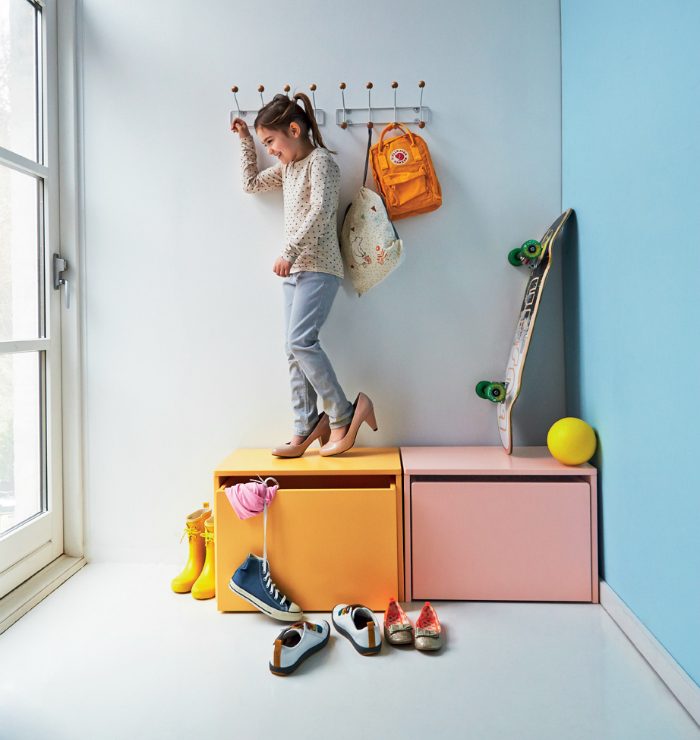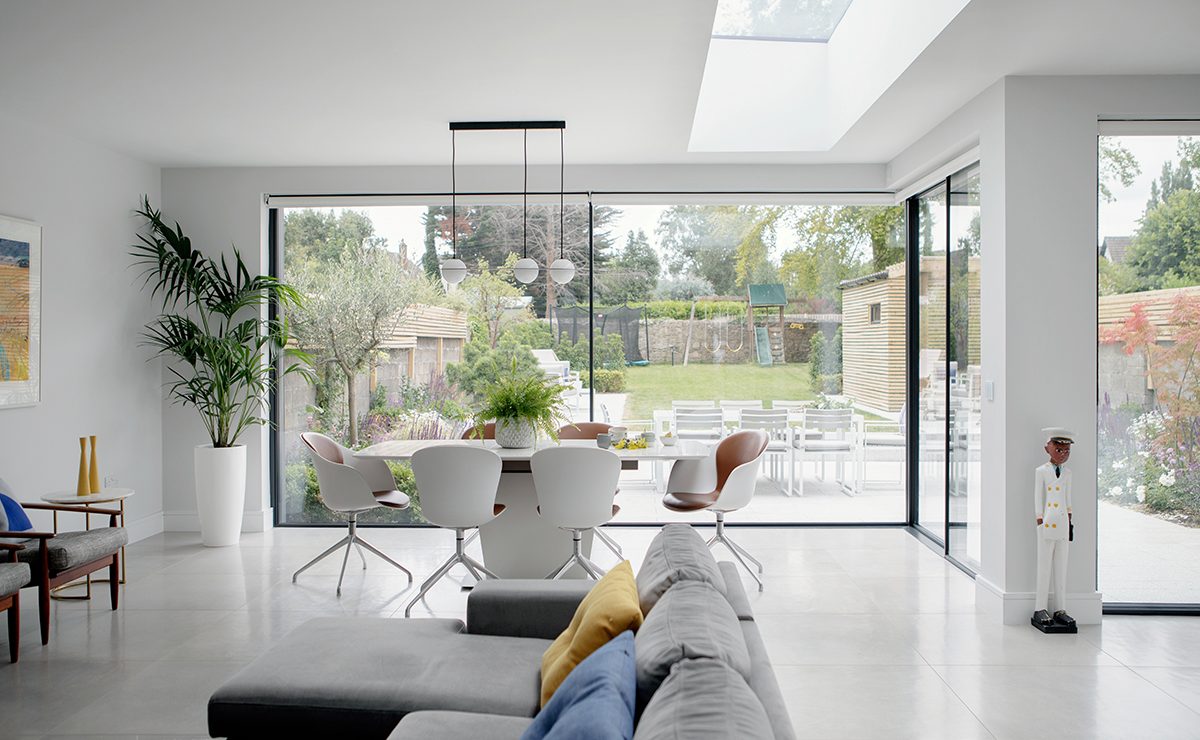
There’s a lot of research about how the interior design of workplaces can enhance wellbeing, improve productivity and inspire people in their work. The office design revolution started by the big Tech companies like Google and Facebook has introduced interior design ideas that have completely transformed the way workplaces are designed today.

The needs of the employees who work in these companies are the starting point for the interior design development process, aimed at creating a comfortable and stimulating workplace without unnecessary external stressors.
When it comes to home design, however, especially new homes, the focus is very much on the aesthetic and not so much on how the house functions over time or how it is going to enhance the wellbeing of the people who live there.
I recently chatted to Dr Michael Keane, Neuroscientist and CEO of the Actualise Neurofeedback Clinic in Dublin about why our environment is so crucial to our wellbeing and how design has a fundamental role to play in the quality of our day-to-day life.
‘Our brains are designed to keep us safe’ Michael explained. ‘Feeling safe is controlled by the base part of the brain called the limbic system or emotional motor system. It is responsible for the experience and expression of emotion. And this part of the brain needs to get a lot of reassurance to feel safe.’
A threat to this feeling of safety is over stimulation. ‘Stress is essentially an emotional and physiological reaction to a stimulus,’ says Michael. ‘A stimulus is information registered by your brain that requires a response, and this information can be conscious or nonconscious, in other words, you may not even be aware that your brain is taking in the information.’
For example, you come home to a pile of paperwork on your kitchen table… your brain registers that this needs to be dealt with even though you don’t intend to deal with it right away.
Other non-conscious stimuli include things like coats piled up on the end of the stairs, a layout that isn’t working, poor lighting and so on. These are all stimulants that your brain is logging and as they accumulate your stress levels increase and eventually the threat takes over.
Other stimuli are more noticeable. Anyone with children can relate to mornings spent hunting for lunch bags, shoes or sports equipment. Tripping over things left at the bottom of the stairs or desperately trying to find something you were convinced you left on the kitchen table but is no longer there.
These small things are all conscious stimuli that can all lead to arguments, tension and a lot of stress. But all of these annoyances are solvable through careful interior design.

I recently completed a home renovation where the homeowners explained that their children were better behaved since moving back into their redesigned home. As a parent, I know that this is life-changing stuff. And this isn’t a question of space; even the design of a small home can be optimised for a better quality of life. You need to know where to focus.
When it comes to feeling comfortable or safe, there are many elements that you need to get right. The first is the functionality of your home, and this primarily relates to the layout. This should always be your starting point, whether you are planning a new design of room or of an entire house the space needs to work or nothing else is going to make the slightest bit of difference.
Start with planning the types of rooms you need, the way the rooms work together and the way the furniture is arranged, then consider practicalities like storage, window locations and position of doors.
It’s critical you plan the interior design of your home to suit how you and your family want to live. The changes you make should solve real problems, things that affect you on a regular basis and never be based on what you think you should be doing.
Once you’ve cracked the layout you need to focus on the atmosphere or ambience. There are many layers to this, things like light, both natural and artificial, colour and acoustics are all going to have a significant impact on how the space makes you feel.

This is where your personality type comes into play, and different personalities will be able to tolerate or cope with different kinds of stimuli. Just as with office design where spaces are designed to suit introverts and extroverts, our preferences and needs will vary greatly.
Take floor to ceiling glazing, for example, a feature in almost every home that has been redesigned in recent years. A beautiful design feature, it creates a feeling of openness and connection with the outdoors, this can be incredibly relaxing and soothing for some people but for others it might make them feel very exposed so isn’t the right choice.
‘It’s vital that you don’t ignore your gut instinct,’ says Michael. ‘Trust your instincts and make decisions based on what feels good. The limbic system doesn’t have language so it cannot express or verbalise what it does or doesn’t like’ he explains. ‘Instead it manifests itself in the form of a positive or negative feeling.’ This is completely personal and this is why it’s so important that your home has the appropriate amount of stimuli for you. A one size fits all approach isn’t going to work.

Your home should be a place where to relax and unwind, the place where you feel safest of all and stress is the enemy of all of this. ‘This is about how you feel’, says Michael. ‘Your brain is monitoring for threats to safety all the time,’ by minimizing or removing the stimuli that cause the threats the stress is eliminated.
How do we do this? By approaching design in a way that isn’t about making a statement or creating ‘wow’ factor. Instead, the sign should be about enhancing the experience of the space for the person who lives there.
This way, if done successfully, you should end up with a home design that is invisible because it is working so well that you won’t even notice it, you will just feel great.
Chat with us…
Can you relate to any of the points made above? Share your tips on home design in the Comments below.
The post Wellbeing: Design your way to a better life appeared first on Optimise Design.






